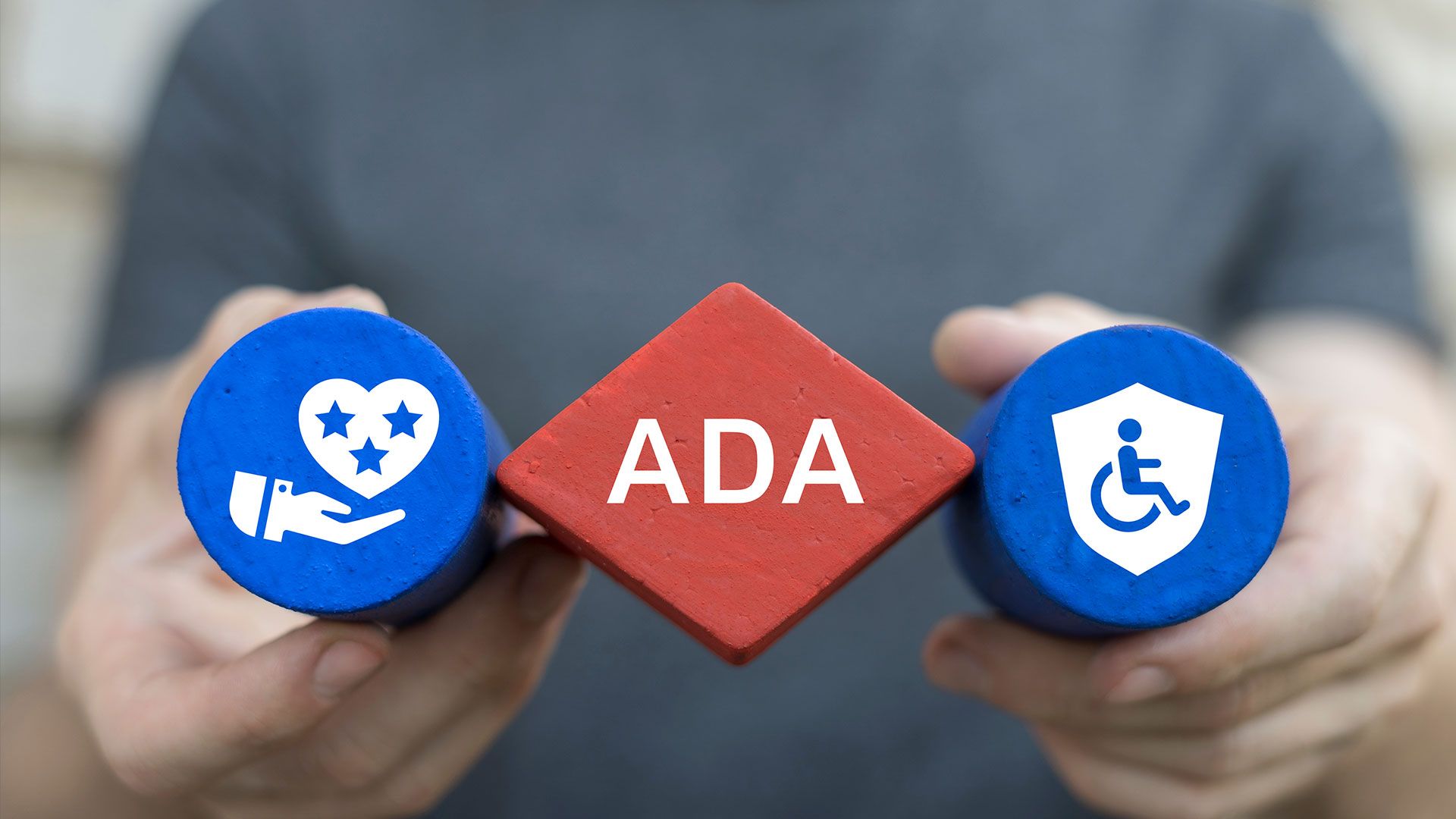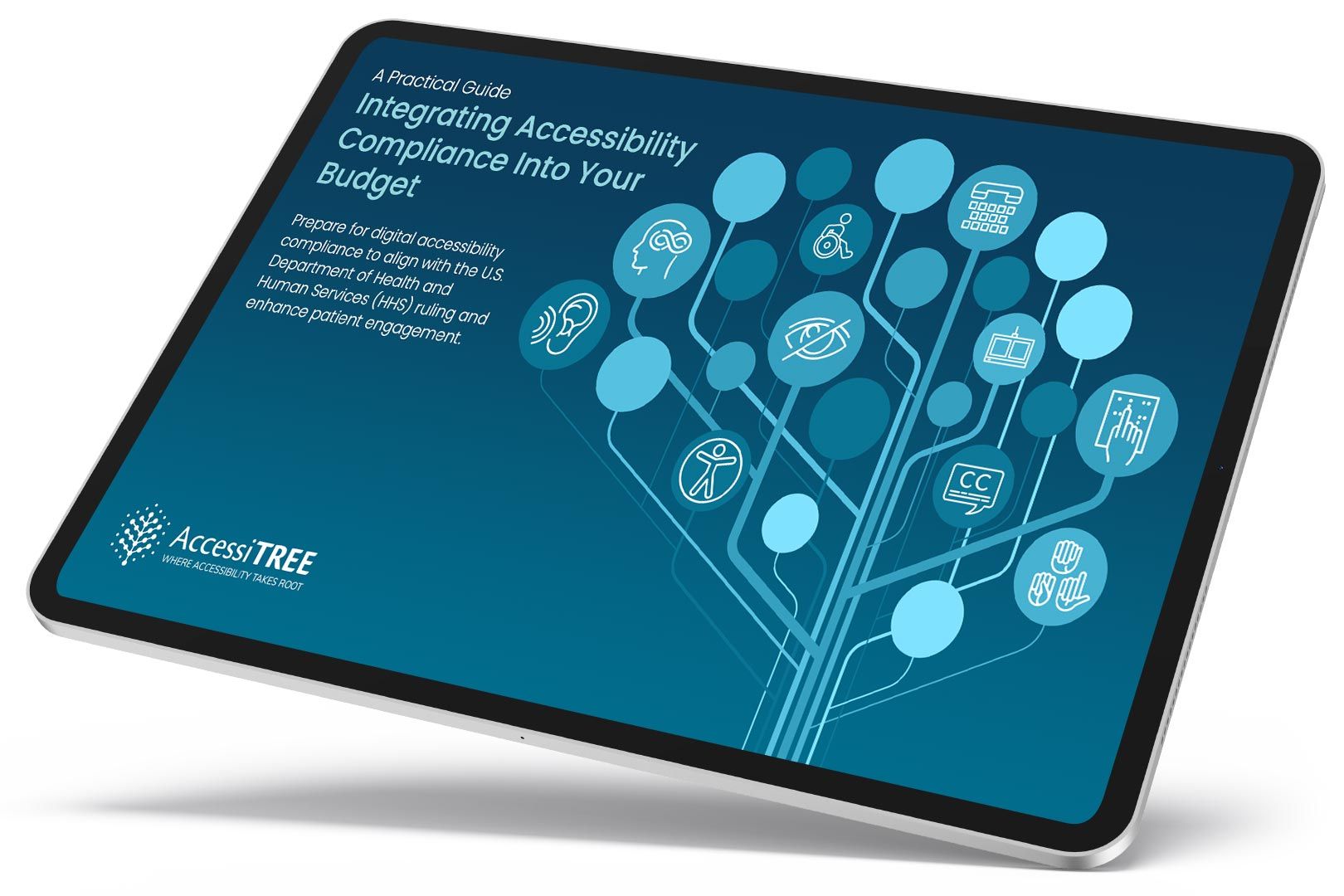
Why Accessibility Widgets Are Not a Solution for WCAG 2.1 AA Compliance
Accessibility widgets, marketed as quick-fix solutions, claim to make websites compliant with accessibility standards. At first glance, they seem appealing. Widgets often include features like text resizing, color contrast adjustments, and screen readers. However, they fail to address core issues that prevent many websites from meeting WCAG 2.1 AA compliance.
Widgets only mask accessibility issues without fixing the underlying code. This reliance creates risk. Many organizations have faced lawsuits because their sites were not truly accessible. Recent legal cases highlight the problem. Courts have ruled that widgets don’t meet ADA requirements. True accessibility must be embedded in a site’s code rather than outsourced to a third-party tool.
This legal trend underscores why widgets often fail. They interfere with assistive technologies like screen readers or keyboard navigation, frustrating users. Widgets also fail to meet essential WCAG 2.1 AA standards like content structure, keyboard functionality, image alt text, and form labels.
The Proper Solution: Comprehensive Accessibility Remediation
True compliance requires integrating accessibility into website design and development. A thorough audit identifies barriers, and remediation addresses both front-end and back-end issues. Key steps include:
- Accessibility Audit: Review the site to detect issues like poor keyboard navigation, missing alt text for images, improper heading structures, and low color contrast.
- Implementing Fixes: Developers optimize the site’s HTML, CSS, and JavaScript to meet WCAG 2.1 AA standards. This ensures that users with disabilities can fully engage with the content.
- User Testing with Assistive Technologies: After remediation, real users test screen readers, magnifiers, and other assistive devices to confirm site functionality.
When businesses address accessibility at the code level, they ensure the site is built with inclusivity in mind. This approach achieves WCAG 2.1 AA compliance and fosters a more inclusive digital environment. It also reduces legal risks associated with widget-only solutions.

